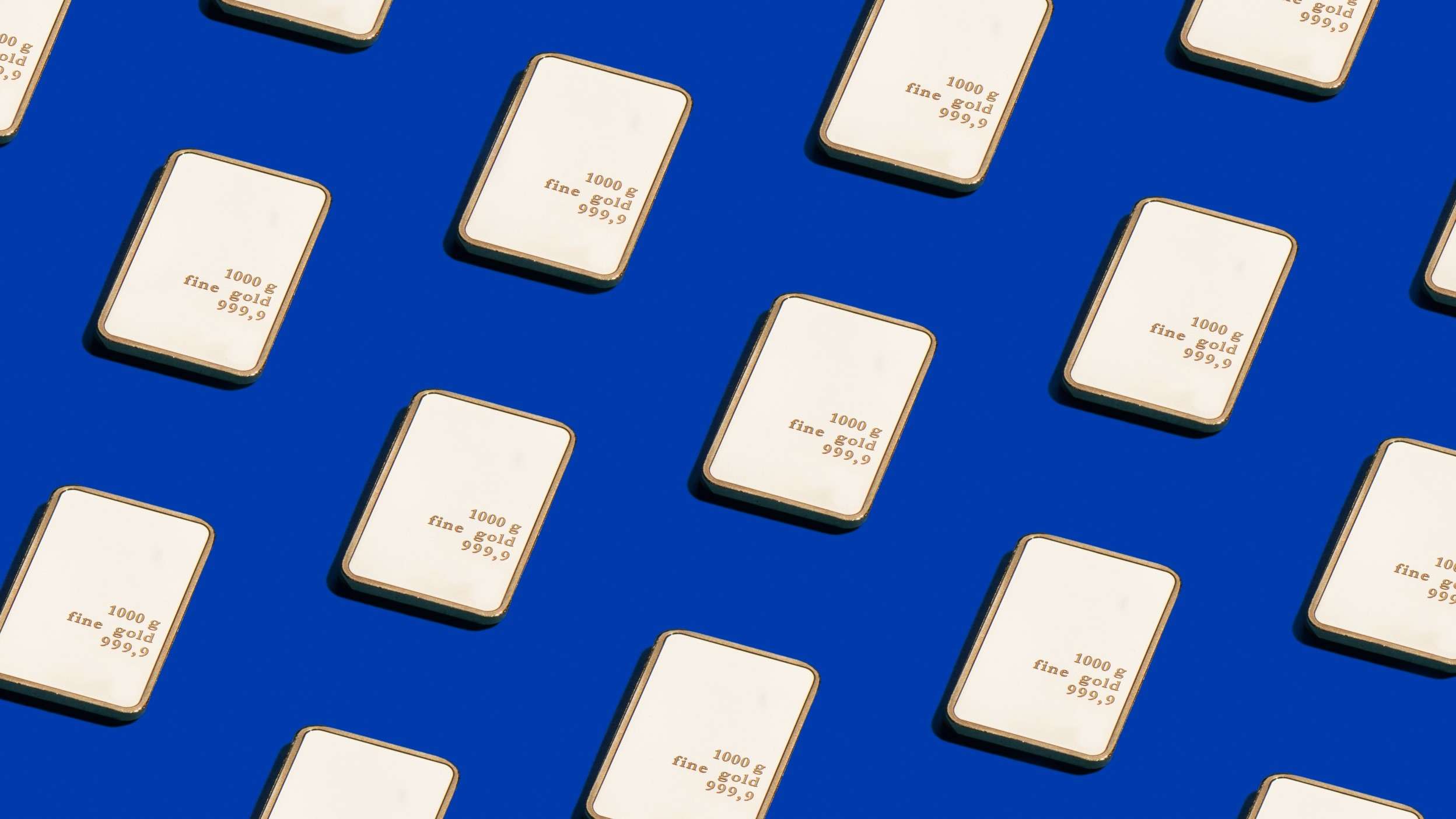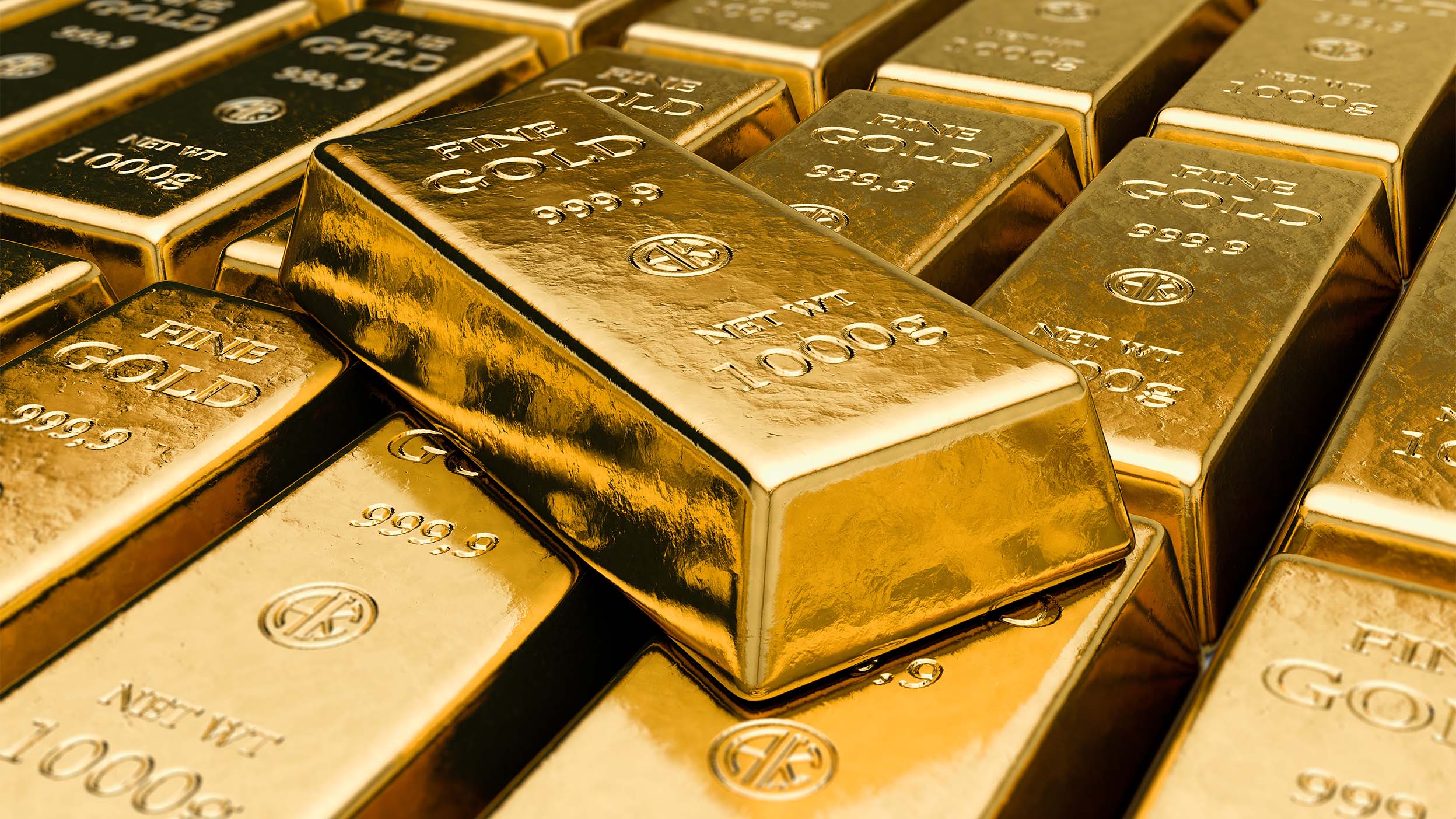
Monthly gold update
Gold had a remarkable month, gaining 9.3% after breaking through US$3,000 and ending March at US$3,124. Economic and geopolitical uncertainty drove the gold price higher ahead of the trade tariffs scheduled to be announced on 2 April. Discover insights into the key macro events and what we think you should be keeping your eyes on in the near term.







